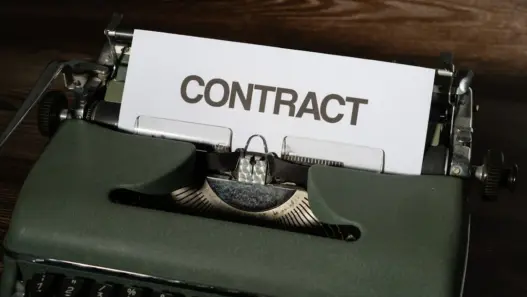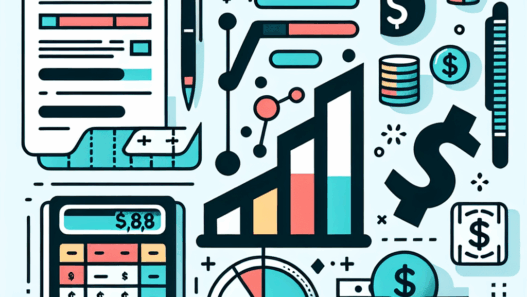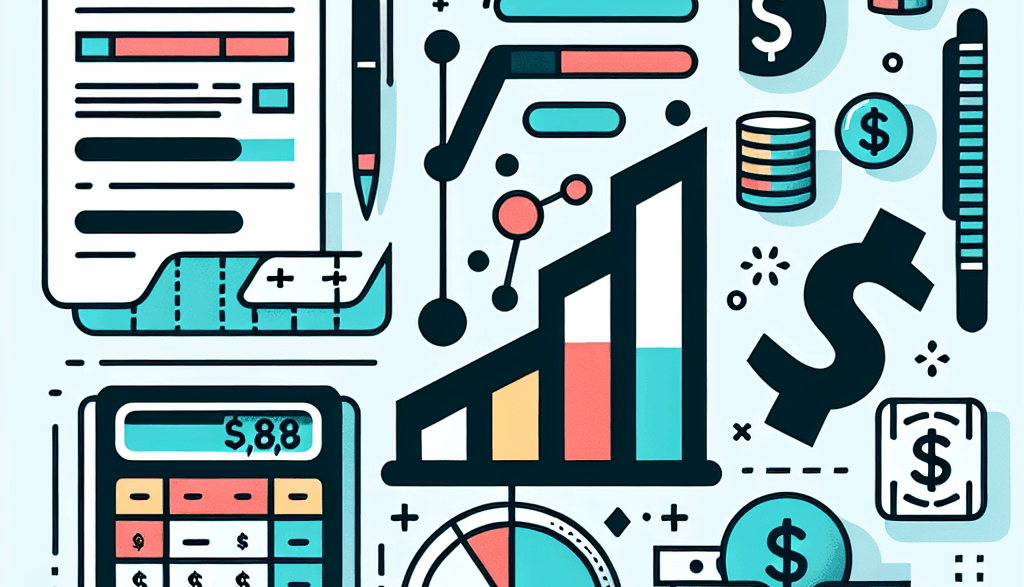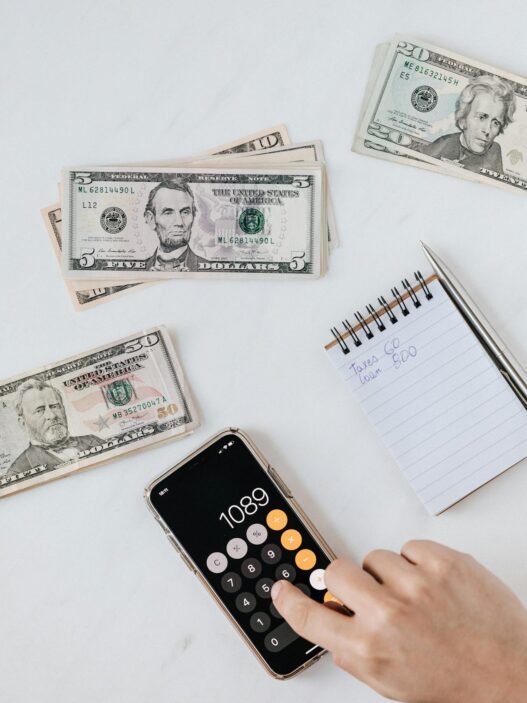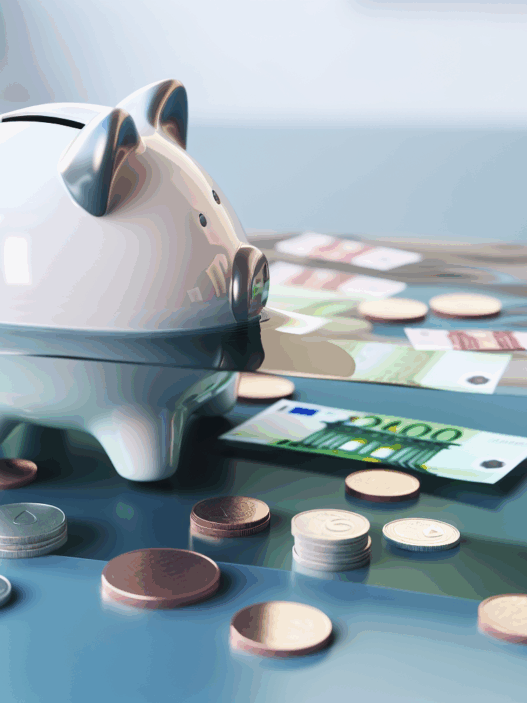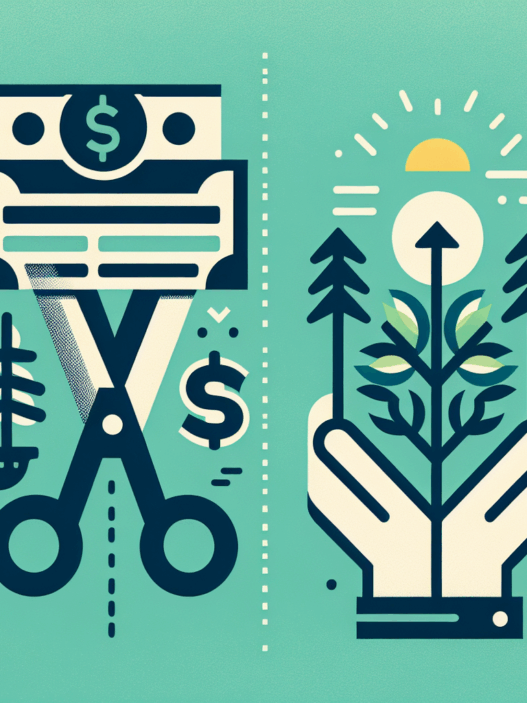When I first discovered zero-based budgeting, I was drowning in $30,000 of debt spread across credit cards, student loans, and a personal loan that seemed to grow larger each month despite my best efforts to pay it down. Like many Americans struggling with financial challenges in today’s environment of rising costs and economic uncertainty, I felt trapped in a cycle where my money disappeared faster than I could earn it.
The traditional budgeting methods I had tried before never seemed to stick. I would create elaborate spreadsheets, download budgeting apps, and make ambitious plans that would fall apart within weeks. It wasn’t until I stumbled upon zero-based budgeting that I finally found a method that not only worked but transformed my entire relationship with money. This approach became the cornerstone of my debt elimination strategy and helped me regain control of my financial future.
Understanding Zero-Based Budgeting: More Than Just Another Budget Method
Zero-based budgeting operates on a simple but powerful principle: every dollar you earn must be assigned a specific purpose before you spend it. Unlike traditional budgeting where you might allocate money to broad categories and hope for the best, zero-based budgeting requires you to give every single dollar a job – whether that’s paying bills, building savings, or eliminating debt.
The “zero” in zero-based budgeting refers to the target balance after you’ve allocated all your income. Your income minus your planned expenses should equal zero, meaning there’s no money left unaccounted for. This doesn’t mean you spend every penny; rather, it means every penny has been deliberately assigned to a category, including savings and debt repayment.
The Psychology Behind the Method
What makes zero-based budgeting so effective is that it forces you to make conscious decisions about your money before you’re tempted to spend it impulsively. When you know exactly where every dollar is supposed to go, you become much more intentional about your spending choices. This psychological shift was crucial in helping me stop living paycheck to paycheck and start making real progress on my debt.
Setting Up My Zero-Based Budget: The Foundation of Success
Creating my first zero-based budget was both eye-opening and overwhelming. I started by listing every source of income I had, including my salary, freelance work, and even small amounts from side hustles. The total came to $4,200 per month after taxes.
Next came the challenging part: listing every single expense. I divided these into categories:
Fixed Expenses
These were non-negotiable monthly costs like rent ($1,200), utilities ($150), phone ($80), and minimum debt payments ($420). These totaled $1,850, leaving me with $2,350 to allocate.
Variable Expenses
These included groceries ($300), gas ($120), and personal care items ($50). I was shocked to discover I was spending nearly $400 monthly on dining out and entertainment – money that could be redirected toward debt repayment.
Debt Elimination Strategy
This is where zero-based budgeting truly shined. Instead of just making minimum payments, I allocated every remaining dollar toward debt elimination. After covering necessities, I had $1,580 available for aggressive debt repayment – nearly four times my minimum payment requirements.
The Implementation Phase: Turning Plans into Action
Having a perfect budget on paper means nothing without proper execution. I learned this lesson quickly during my first month of implementation when I overspent on groceries by $75 and had to adjust other categories to maintain my zero balance.
Weekly Budget Reviews
I established a routine of reviewing my budget every Sunday evening and tracking expenses daily. This frequent monitoring helped me catch overspending early and make adjustments before they derailed my entire plan. The key was treating my budget as a living document rather than a set-it-and-forget-it tool.
The Envelope Method Integration
For variable expenses like groceries and personal spending, I used a modified envelope method. While I didn’t use physical cash, I created separate checking accounts for different budget categories. This made it impossible to accidentally overspend in one area without making a conscious decision to transfer money from another category.
Accelerating Debt Repayment: Strategic Decisions That Made the Difference
Zero-based budgeting revealed opportunities to accelerate my debt repayment that I had never noticed before. By accounting for every dollar, I discovered small leaks in my budget that, when plugged, provided significant additional funds for debt elimination.
The Debt Avalanche Approach
With my newfound budgeting clarity, I organized my debts by interest rate and focused on paying off the highest-rate debt first while maintaining minimum payments on others. My credit card with a 24.99% interest rate became priority number one, receiving an extra $800 per month beyond the minimum payment.
Windfall Strategy
Zero-based budgeting also helped me handle unexpected income effectively. When I received a tax refund of $2,400, instead of treating it as “fun money,” I had already predetermined in my budget that any windfalls would go directly to debt repayment. This single decision knocked four months off my debt elimination timeline.
Overcoming Common Challenges and Staying Motivated
The journey wasn’t without obstacles. There were months when unexpected expenses threatened to derail my progress, and times when I felt deprived by my strict budget. However, zero-based budgeting provided the framework to handle these challenges systematically.
Building Flexibility into the System
I learned to include a “miscellaneous” category in my budget – typically $100-150 per month – to handle small unexpected expenses without completely disrupting my debt repayment progress. This buffer helped me maintain momentum when life inevitably threw curveballs.
Celebrating Milestones
Every time I paid off a debt completely, I celebrated by allocating a small portion of that freed-up payment to something enjoyable while directing the majority toward the next debt. This approach kept me motivated while maintaining progress toward my ultimate goal.
The Results: From $30,000 Debt to Financial Freedom
After 18 months of consistent zero-based budgeting, I made my final debt payment. The transformation was remarkable – not just in my bank account, but in my entire approach to money management. I had developed habits and systems that would serve me well beyond debt elimination.
The monthly cash flow that had previously gone to debt payments – over $1,580 – was now available for other financial goals. I immediately redirected this money toward building an emergency fund and beginning my investment journey.
Beyond Debt Elimination
Zero-based budgeting didn’t become obsolete once I eliminated my debt. Instead, it evolved into a wealth-building tool. I continued using the same principles to allocate money toward savings, investments, and long-term financial goals. The discipline I had developed during my debt repayment phase became the foundation for building lasting financial security.
Practical Tips for Implementing Zero-Based Budgeting
If you’re considering zero-based budgeting for your own debt elimination journey, here are the strategies that made the biggest difference for me:
Start with Accurate Numbers
Spend at least two weeks tracking every expense before creating your first zero-based budget. This baseline data will help you create realistic categories and avoid the frustration of constantly exceeding your allocations.
Use Technology Wisely
While zero-based budgeting can be done with pen and paper, I found that budgeting apps and spreadsheets made the process much more manageable. The key is finding tools that make it easy to track and adjust your allocations in real-time.
Plan for Irregular Expenses
Create sinking funds for expenses that don’t occur monthly, such as car maintenance, insurance premiums, or holiday gifts. By setting aside money for these expenses throughout the year, you won’t have to derail your debt repayment when they arise.
Common Mistakes to Avoid
Learning from my mistakes can help you implement zero-based budgeting more successfully from the start.
Being Too Restrictive Initially
My first budget was unrealistically strict, allocating only $50 per month for entertainment and personal spending. This led to budget-busting overspending within two weeks. I learned that sustainable budgets need to include reasonable allowances for enjoyment and flexibility.
Ignoring Small Categories
Initially, I focused only on major expense categories and ignored smaller items like coffee purchases or app subscriptions. These “minor” expenses added up to over $200 monthly and created constant budget overruns until I accounted for them properly.
The Long-Term Impact: Building Lasting Financial Habits
Zero-based budgeting taught me skills that extended far beyond debt elimination. The discipline of intentional money management became a cornerstone of my overall financial success habits. Today, even though my financial situation has improved dramatically, I still use modified zero-based budgeting principles to ensure every dollar serves my long-term financial goals.
The method also improved my relationship with money in unexpected ways. Instead of feeling anxious about finances, I gained confidence from knowing exactly where my money was going and why. This peace of mind was perhaps as valuable as the debt elimination itself.
Conclusion: Your Path to Financial Freedom Starts Today
Zero-based budgeting transformed my financial life by providing the structure and accountability I needed to eliminate $30,000 in debt. But more importantly, it gave me the tools and mindset necessary for long-term financial success. The principles are simple, but the impact can be life-changing when applied consistently.
If you’re struggling with debt or feeling like your money disappears faster than you can earn it, zero-based budgeting might be the solution you’ve been searching for. The key is to start today, even if your first budget isn’t perfect. Like any skill, budgeting improves with practice, and every month you delay is a month that could have been moving you closer to financial freedom.
Remember, the goal isn’t just to eliminate debt – it’s to build a sustainable system for managing money that will serve you for the rest of your life. Zero-based budgeting provided me with exactly that foundation, and it can do the same for you.



